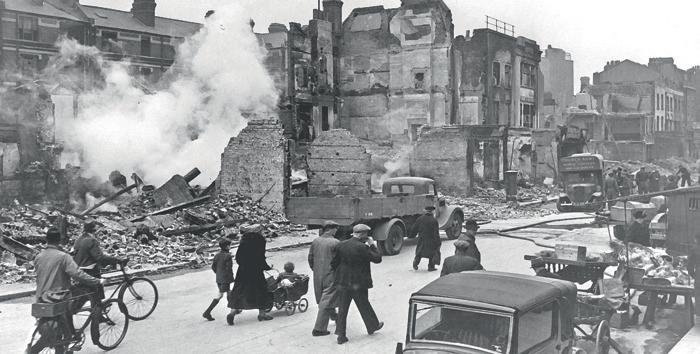
Eighty-two years ago, the blitz reached its deadly climax. For eight months, from September 1940 until May 1941, Hitler’s Luftwaffe, having been defeated in the Battle of Britain, pummelled the country’s towns and cities in nightly terror raids in a bid to break the will of the people to continue the war.
The German night bomber offensive began on 7 September, with a raid by 350 aircraft on London, which killed more than 400 people. For the next 57 days the capital would be attacked night after night without respite. At the time, prime minister Winston Churchill famously declared: “London can take it.” Privately, however, the PM was deeply concerned about the damaging effect the Luftwaffe’s unrelenting onslaught was having on civilian morale.
The public, he realised, was particularly disconcerted by the apparent lack of any effective defence being mounted against the nocturnal raiders, who seemed able to bomb London and other cities with near impunity. Britain’s anti-aircraft batteries could only fire blindly into the night sky and hope for a lucky hit, which they very seldom achieved.
As for the RAF’s Fighter Command, which had performed so magnificently in daylight during the summer of 1940, winning the Battle of Britain and thereby ending the threat of Nazi invasion, it appeared powerless to counter the enemy at night. Indeed, the risk of being shot down while bombing British cities during the blitz was so low, and German casualties so few, that Luftwaffe crews habitually referred to operations over the British Isles as “a milk run”.
Denne historien er fra May 2023-utgaven av Best of British.
Start din 7-dagers gratis prøveperiode på Magzter GOLD for å få tilgang til tusenvis av utvalgte premiumhistorier og 9000+ magasiner og aviser.
Allerede abonnent ? Logg på
Denne historien er fra May 2023-utgaven av Best of British.
Start din 7-dagers gratis prøveperiode på Magzter GOLD for å få tilgang til tusenvis av utvalgte premiumhistorier og 9000+ magasiner og aviser.
Allerede abonnent? Logg på
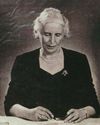
Animal Magic
Hilary Middleton recalls a children's author whose tales are still enjoyed today
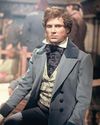
BACK IN TIME WITH COLIN BAKER
BoB's very own Time Lord prepares for an alternative to panto, recalls his early reading choices and having his scenes cut from two cutting edge comedies

Marvels in Miniature
Claire Saul learns about the exquisite works on display at a new exhibition being held at a historic Georgian mansion
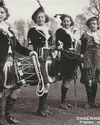
The Last Post
Michael Foley witnessed the end of an era

The Box of Delights
Chris Hallam remembers how his Christmas 40 years ago was lit up by a magical television drama

The Queen of Stage and Screen
Chris Hallam pays tribute to actress Dame Maggie Smith

Other 07
Jonathan Sothcott looks at the seven Sir Roger Moore films that you should have in your collection

In the Best Possible Taste
Derek Lamb remembers the wireless wizardry of Kenny Everett

POSTCARD FROM BUCKINGHAMSHIRE
Bob Barton remembers a ghostly train journey, enjoys some wassailing and fulfils a long-held ambition of attending a lawnmower festival
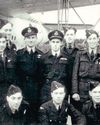
MERCY MISSION
John Greeves recounts the remarkable exploits of Sunderland flying boat T9114